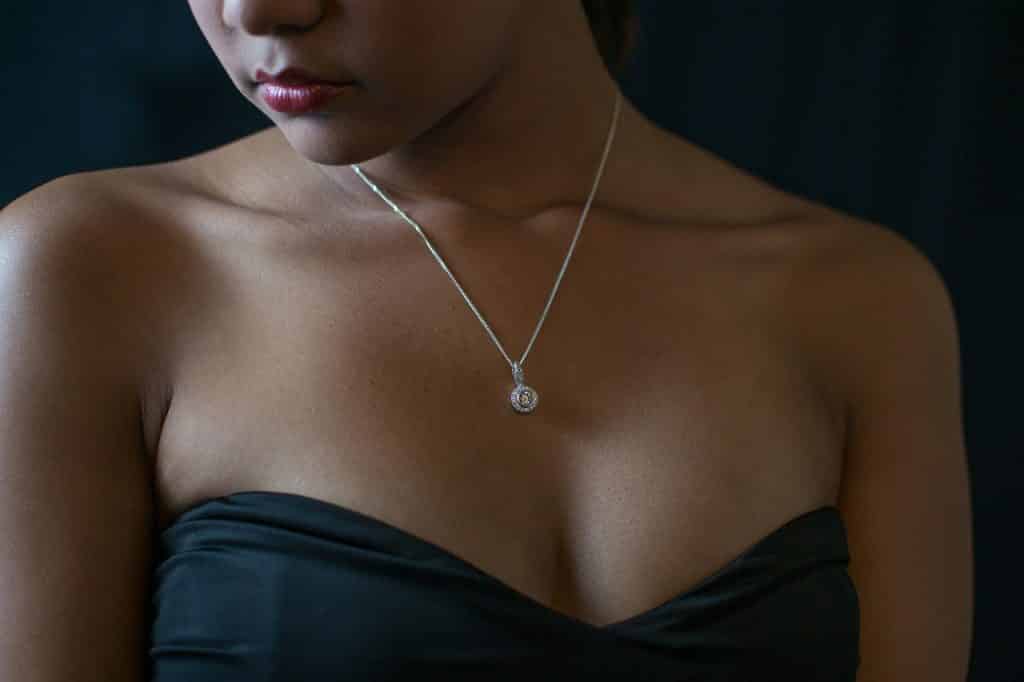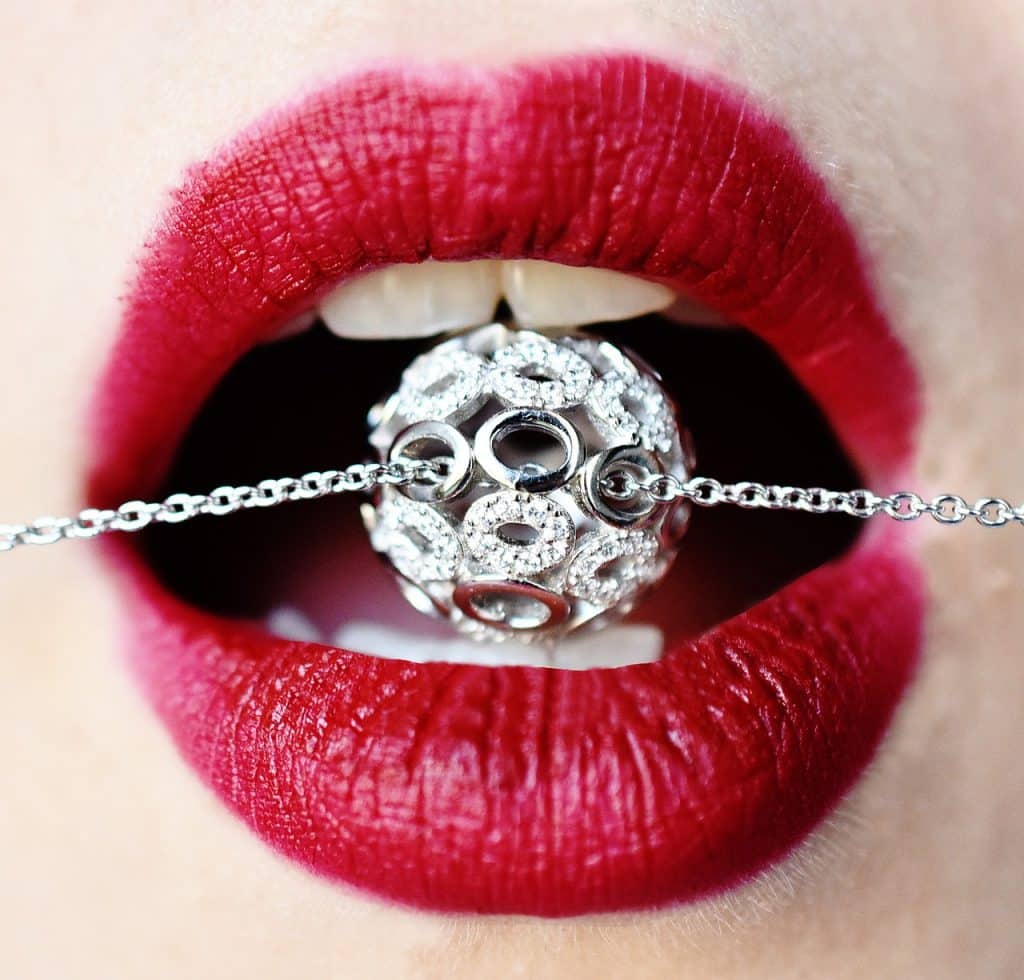Jewelries are decorative items worn on your clothes or body such as brooches, rings, necklaces, earrings, pendants, bracelets, and cufflinks, etc. Jewelry may be made from a wide range of materials. Gemstones and similar materials such as amber and coral, precious metals, beads, and shells have been widely used, and enamel has often been important in the making of some jewelry as well.
Jewelry is the earliest form of artistic self-expression attributed to humans. Its purpose was originally to make the wearer stand out from the crowd. Humans wore jewelry before they wore clothes. Early jewelry consisted of vines and flowers often woven into the hair.
The simplest function of jewelry is its use as a buckle on belts or straps. Similarly, brooches and pins have been serving to hold garments closed for thousands of years. Building on these simple functionalities, the design of buckles and brooches evolved to include the aspect of being decorative, which in itself is the most popular function of jewelry today.

Many cultures also used jewelry to signify their social status and wealth, such as in India’s caste system where only the higher castes are allowed to wear jewelry. But across many other cultures elaborate jewelry and ornaments worn on clothing and body indicated ones wealth.
As much as jewelry can express social ranking, it also serves to convey affiliations to groups, or in the larger sense the commitment to matrimony, such as signified by the wedding band. Crosses display the belonging to a specific religion. Elaborate ornaments and symbolic pieces of jewelry are also worn to signify the affiliation with a guild, a brotherhood or fraternity. A good example of this is the Mason ring. This is quite a common function of jewelry still nowadays, in the United States and many other modern societies.
Elaborate chains and ornaments have been utilized to embody authority, a political role or duty, or the holding a public office. These uses were extremely significant in ancient and medieval times, but are still common in the modern world from a simple policeman’s badge to Great Britain’s traditional Queen’s Guards, Sentry of the Grenadier Guards, and judges in court.
Another function of jewelry is to protect the wearer from evil, misfortune or sickness. More common in Eastern and African cultures, this can also be found less widespread in Western societies: Feng Shui followers wear crystals to attract good energy or calmness, and beads for good health. For the Celts, the clover symbolizes good luck.
Jewelries in Modern Times
In recent times, the most common usage of jewelry in the Western world is for decoration and personal adornment. The abundance of different styles and materials has something to offer for everybody of all interests and likings.
As you might already know, jewelries can be what set you and your style apart from other person. If you take two persons with exact same outfit but the other one knows how to accessorize, it wouldn’t be hard to guess who is dressed better.
The jewelry and other accessories selection nowadays is so wide, that the options for styling up an outfit are limitless. That’s the beauty of it; with all the variety in the world, it is easy to combine and create the perfect and exclusive mix for you. That’s how you make your style unique since the odds are that no-one is wearing the exact same combo of accessories.
All the accessories might not suit everyone’s style, but some accessories will make you look instantly more attractive. And who wouldn’t want to look more attractive?
Jewelries and the Contemporary Man
Jewelry for a long time has been viewed as feminine, with most advertisements targeted toward women. The most you’d see for men is watches but little more. Even male wedding bands weren’t something that you’d see on a magazine or billboard, but you’d spot a female model wearing diamond jewelry anywhere.
This narrative has shifted in the past few decades, with more men opting to wear more than a watch or ring. More men are indeed opting to wear quite a bit of jewelry than before. This transition from the basic jewelry is mostly thanks to male celebrities that double as fashion icons.
For them, it is a way to spice up their outfits. It is no longer left to royalty like in the past, where kings and nobles wore gold and diamond pieces as a sign of prestige. More men are, however, breaking away from that stereotype. It is not uncommon to spot men with tiaras and dangling earrings at the Met Gala. Not all men go to these extremes, but it’s become more acceptable in the recent past.
Jewelries and Our Innate Desire for Beauty
The desire for personal adornment is natural place for the concept of jewelry to evolve from. Aesthetics, as we now call it, is a set of principles of how we appreciate and declare things beautiful. It is our guideline for style and good looks. We use jewelry as a way to bring beauty onto ourselves through beautiful things.
We are attracted to things that are special, for example, shiny, eye catching, sparkly, or colorful. This instinct originates in our primitive scavenger/gatherer skills, where we are attracted to objects like berries that are good to eat and judge them by their brightness or plump roundest. Objects of jewelry like colorful stone beads are attractive to people in that same way.
We can see the use of beads made from natural materials, like shell, stone, teeth, and bone, dating back to pre-historic times. It can be assumed that these objects were initially collected to be worn as a means to look beautiful. It can therefore be argued that by taking the beautiful things in our surroundings and adding them to our own appearance we gather beauty onto ourselves.
The question of jewelry making a person more attractive has a lot to do with how with personal taste and the culture in which someone lives in. As we all know a lot of matters when it comes to fashion are quite subjective But, generally the use of jewelries over the ages has proven to be a viable source of beauty and hence attractiveness to one’s appearance.

